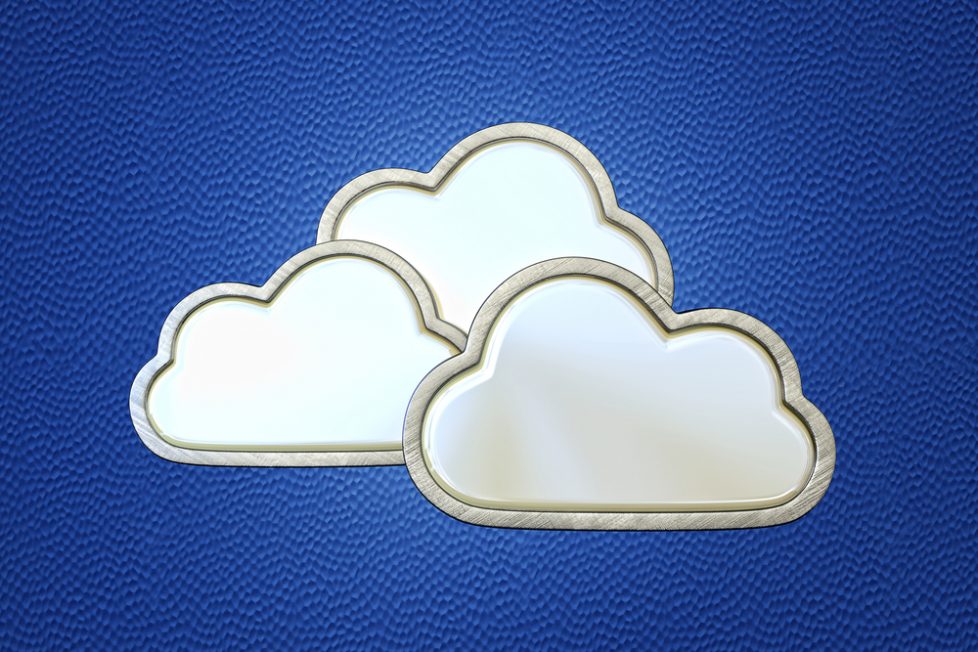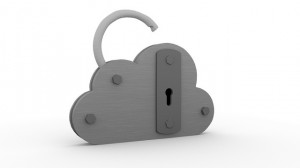Why Cloud Backups Are Worth a Second Look

Why Cloud Backups are Worth a Second Look
Computers fail sometimes. It’s not really news, but it’s something that you may need to think about more carefully than you have in the

past. All companies need to have a plan in place to recover essential data if it’s lost in a computing disaster of some sort. While you can turn to several options for creating backups, the best solution is almost always to have a cloud backup rather than a local one.
What is a Cloud Backup?
With the rise in Internet connection speed, it has become much more feasible to back up data over an Internet connection rather than creating backups over a significantly faster local network. A cloud backup is stored remotely, but you can access it at any time through the Internet. Depending on the type of backup you set up, the program may create a new copy of every file you modify, or software may work out the differences between the most recent versions and adjust the stored file accordingly. This may happen in real time or on a periodic basis, depending on your settings.
Benefits of Cloud Backups
When cloud backups are a new concept to you, it’s helpful to take a look at their benefits. The arguments for cloud backups are actually
quite convincing.
Shortfalls of Local Backups
On the flip side, take a look at why local backups may not be adequately meeting your disaster recovery needs on their own.
Setting Up Your Data Recovery Plan
While it may give you peace of mind to have local backups because you can see the servers and have control over them, you should use cloud backups as at least part of your data recovery plan. For example, if you’re worried about bandwidth, perhaps you want to create local backups in real time and set your servers to update cloud backups every evening or every weekend. That way at least you won’t lose everything if a disaster destroys all of your local data. Many companies are moving to the cloud these days, and you may find after trying it that you want to exclusively switch to the cloud.
